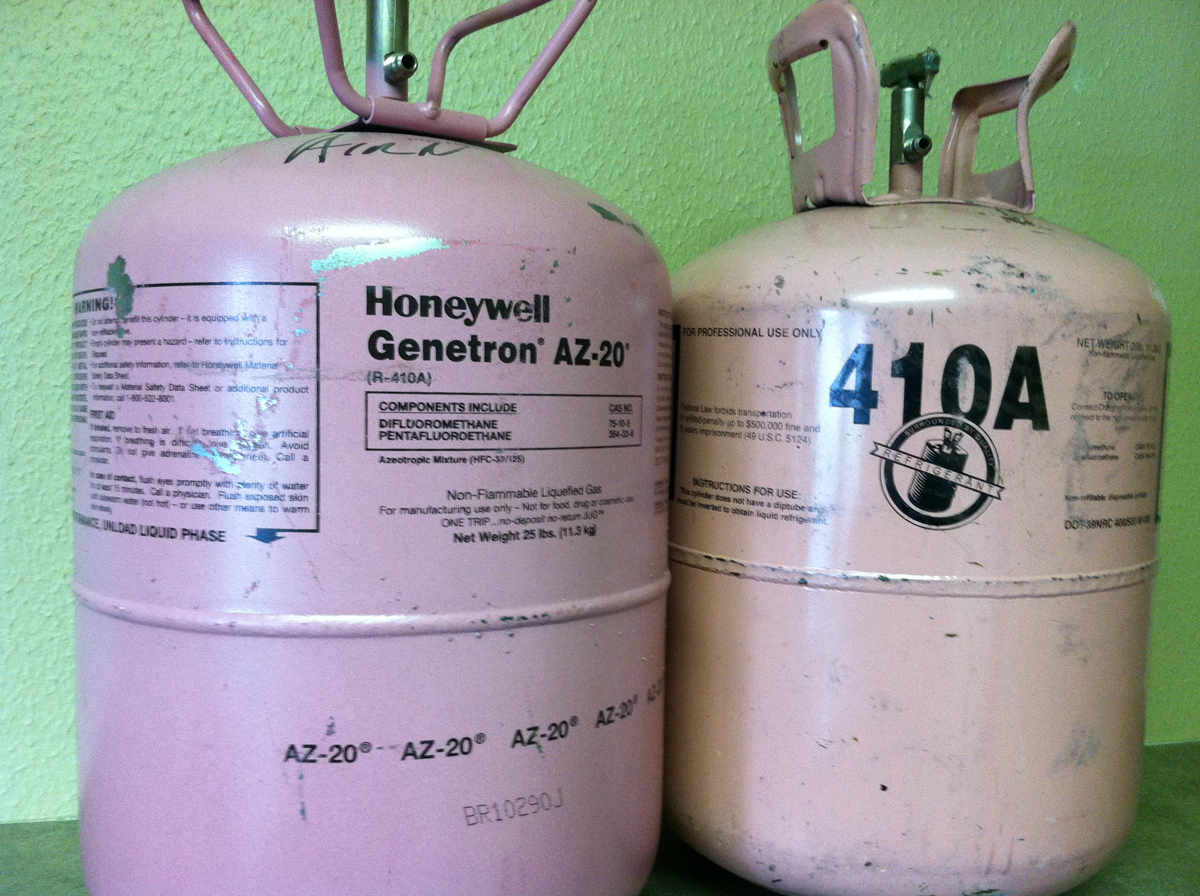


 Federal EPA regulations limiting the production of R-22 refrigerant are increasing air conditioning repair and maintenance costs for home and business owners across the U.S. at a staggering rate.
Federal EPA regulations limiting the production of R-22 refrigerant are increasing air conditioning repair and maintenance costs for home and business owners across the U.S. at a staggering rate. 

 Considering the rapid spike in prices, there's no way of predicting what prices are going to be down the road
Considering the rapid spike in prices, there's no way of predicting what prices are going to be down the road